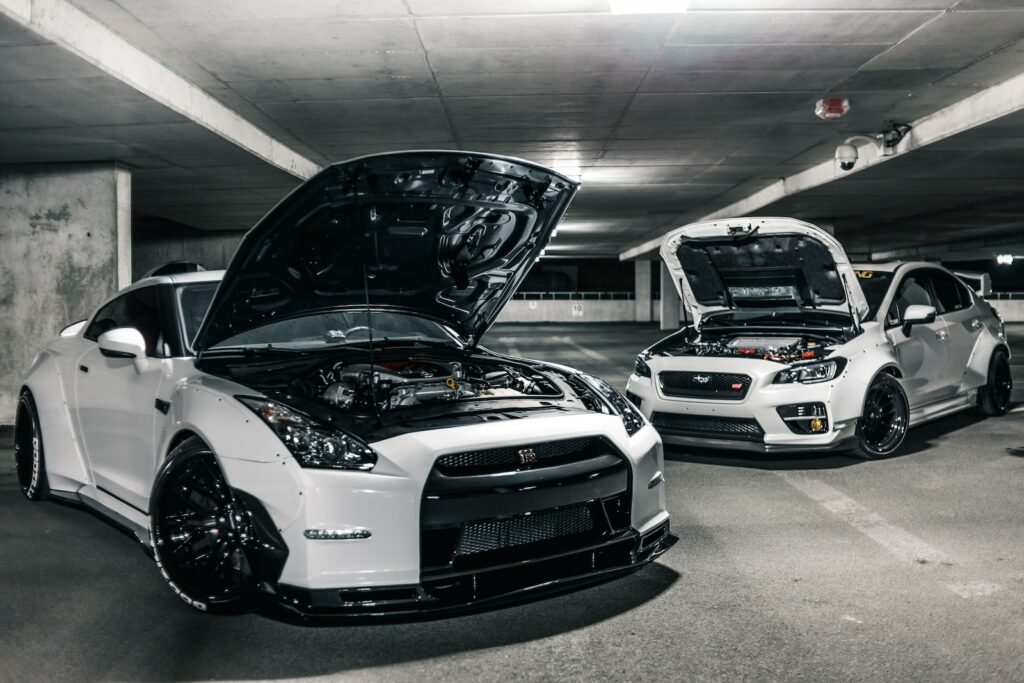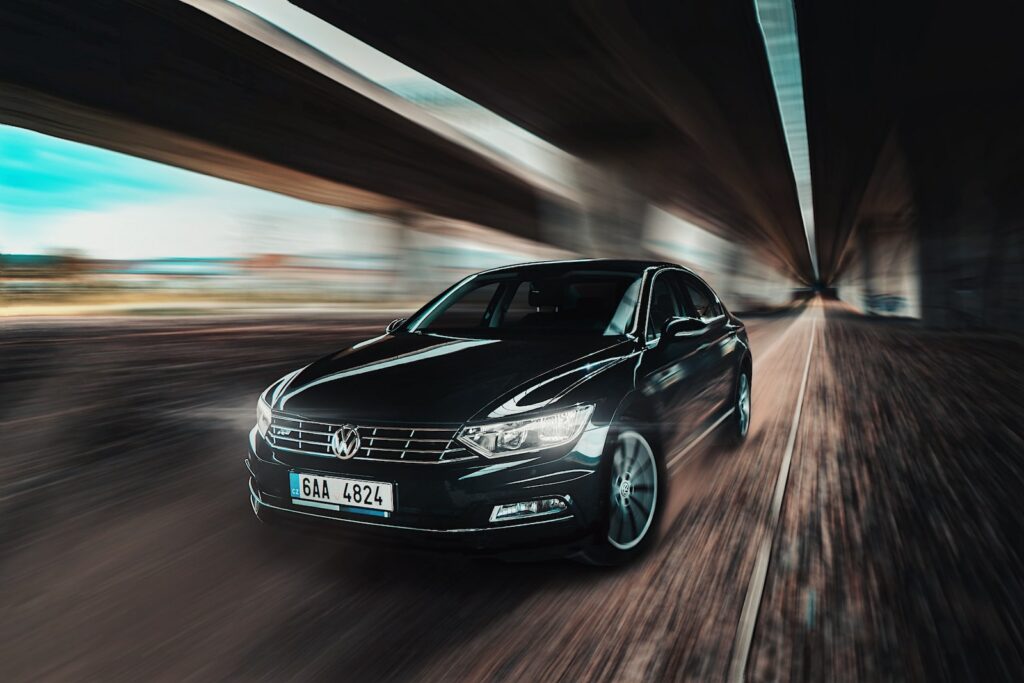A carburetor is a mixing device used to mix air and fuel in the proper ratio in a gasoline engine. As the air mixes with the fuel, a chemical reaction happens, which creates an explosion that moves the piston in an up-and-down motion. It is how a car engine works! There are different carburetor types, which are adjusted differently.
For example, variable valve timing and variable fuel injection allow you to change the amount of fuel and air mixture depending on the size and speed of your vehicle.
There are many different carburetor systems, each with advantages and disadvantages. In this article, we’ll discuss the most common carburetors found in modern cars.
What is a Carburetor, and what are the major carburetor types?

Carburetors are used in gasoline engines to mix air with fuel and to regulate the amount of air entering the combustion chamber. They do this by using a butterfly-shaped needle, a float that sits between two bowls (called bowls) on either side of an opening in the carburetor’s float chamber.
The bowl on top contains fuel. Fuel flows through narrow channels into lower-pressure chambers below it, where it mixes with the air. Air then flows up through another channel into higher-pressure chambers above them. There, it mixes with more fuel before flowing back out again through another channel along with exhaust gases. That’s mainly after completing its job of combusting all these substances together and keeping things flowing smoothly. That way, no flame-off occurs when you press down hard on your accelerator pedal. Let’s dive into the common carburetor types now!
Carburetor Types – All You Need To Know!
Carburetors are the heart of your engine and are responsible for converting the fuel into heat. The four major carburetors are single-barrel, two-barrel, and four-barrel; performance carburetors (also known as racing or race engines); and mechanical fuel injection systems.
Single Barrel Carburetors
One of the major carburetor types is the single-barrel carburetor. It is the most common carburetors in today’s vehicles. They have one venturi and a float bowl, which means they can only handle small engines. Single barrel carburetors are also known as fuel injection systems or “boxed” (or “run-out”) carbs.
Single-barrel carburetors are used on many engines because they’re easy to install and maintain. That’s because they can cause excessive wear on the engine if you need more room for the intake manifold to move freely without hitting other parts of your vehicle’s frame or suspension system. Still, they could be better for larger vehicles with long-travel suspensions.
Two Barrel Carburetors

Two-barrel carburetors are carburetor types found on many older vehicles. They are less efficient than modern carburetors, but they provide a wide range of fuel/air mixtures, which makes them more versatile.
With smaller ports and less efficient valves, the two barrels provide more power and better fuel economy than single-bore carbs. The smaller port size in single-bore carbs makes them more susceptible to fuel leakage and air leaks.
Four Barrel Carburetors
Four-barrel carburetors are the most common type. They’re used in many different types of cars, including sports cars, sedans, trucks, and SUVs.
The four-barrel carburetor has four separate fuel injectors controlled by a single throttle plate. Each injector can serve two cylinders at once, making this carburetor ideal for performance applications where you want to use one or more cylinders at once at high speeds or when performing hard acceleration maneuvers in your vehicle (like driving down hills). In addition to being able to fire multiple cylinders simultaneously while driving down steep hills, they also allow you to drive normally while using just one cylinder if needed—which will help save fuel!
Performance Carburetors
The last but not the least on the list of carburetor types is the performance carburetor. These carburetors are designed to give the engine more power. They have a larger throat area, meaning more air enters the intake system when idle. It gives you better fuel economy and performance, but it also increases your risk of stalling or surging if you don’t keep an eye on how much fuel is being used by your car’s manufacturers.
Performance carburetors also have shorter venturis. The part of your fuel system where all of that extra air goes into before entering your motor. And smaller venturis (the part of it where all those extra gallons exit). These changes mean there’s less room for error with these systems. If anything goes wrong with one component during operation (for example: if they stop working altogether), everything else can still work fine!
How Does a Carburetor Work?

A carburetor is designed to produce a steady fuel supply to the engine when it needs it. When the engine is turned on, the carburetor sucks in air through the intake valve. The air passes through a filter, which removes dirt and dust and then enters the carburetor.
When the piston moves down, the engines create a suction in the cylinder. This suction forces air through the carburetor and into the engine. So, the carburetor mixes fuel and air and forces it into the engine through the intake valve.
Nonetheless, piston the air in the engine as it moves up. This compression forces the fuel and air mixture into the cylinder. The piston moves down again, and the spark plug ignites the compressed fuel and air mixture. Then, it forces the piston up.
The Benefits of a Carburetor
There are several benefits to using a carburetor.
Precise metering of the fuel-air mixture
First, it provides precise metering of the fuel-air mixture, which leads to better fuel economy and reduced emissions. Carburetors also allow for a greater range of tuning for engines. It is because you can tune the carburetor to raise or lower the fuel-air mixture depending on external factors like air pressure, temperature, and humidity. The only downside is that they are more delicate but still widely used.
Consistent air/fuel ratio across all engine speeds for better performance

A carburetor is an engine part that mixes air and fuel in the perfect ratio for the engine to burn. It does this consistently, no matter the engine speed, which results in the better overall running of the engine. Fast or slow, the mixture ratio is always correct.
A carburetor is a vital part of the engine, and without it, the engine would not be able to run. Carburetor types don’t really matter. They all work for the better performance of the engine. An accelerator pedal controls modern carburetors in the driver’s footwell, and they have some safety features that prevent the engine from running unless the throttle is open. When you stop the engine, the spark is automatically turned off as a safety measure.
Simple and reliable
A carburetor is simple and reliable and it applicable to accommodate changes in altitude or climate. In a carburetor, you’ll find a bowl and a throttle. The bowl stores the fuel. You can also find a venturi, a tube leading to the throttle. When you press down on the gas pedal, the throttle opens, and gas enters the carburetor. The gas and air then pass through the venturi and into the engine. Learning how a carburetor works is important before buying a car!
Affordable and easy to maintain
Carburetors are highly affordable and easy to get a hold of! Most carburetors are easy to install by yourself. They’re designed to last several years, so there’s no need to worry about buying a new one every few months! If your car is missing a carburetor, you can easily buy a new one at a car store.
How to Choose the Right Carburetor Types for Your Car
When it comes time to choose a carburetor for your car, there are a few things you need to keep in mind.
First, you need to determine what type of engine your car has. There are three main types of engines: carbureted, fuel-injected, and hybrid. You also need to know the displacement of your engine. Cottman are professionals that can help you choose the right carburetor for your car.
There are two main types of carburetors: single-point and multi-point. Multi-point carburetors are better for high-performance engines, while single-point carburetors are better for everyday use. Once you have these two pieces of information, you can start looking for the right carburetor.
So, how do you know which type of carburetor is right for you? The best way to decide is to speak with a mechanic or car specialist. They will be able to help you find the right carburetor for your car and your needs.

Frequently Asked Questions:
What is a carburetor, and what is its function in a vehicle’s engine?
A carburetor is a device that mixes air with fuel to create a combustible mixture that powers an internal combustion engine. Its primary function is to regulate the air-fuel ratio for efficient engine operation.
Why are there different types of carburetors?
Different types of carburetors exist to accommodate various engine types, sizes, and performance requirements. The choice of carburetor depends on the specific needs of the vehicle and its engine.
What are the major types of carburetors, and how do they differ?
The major types of carburetors include:
- Float Carburetor: Uses a float to control the fuel level in the carburetor bowl.
- Venturi Carburetor: Utilizes the Venturi effect to regulate airflow and fuel mixture.
- Constant-Velocity (CV) Carburetor: Maintains a consistent velocity of air through the carburetor.
- Multiple Carburetors: Employs two or more carburetors for high-performance engines.
- Electronic Fuel Injection (EFI): Replaces carburetors with electronically controlled fuel injection systems.
What are the advantages of a float-type carburetor?
Float-type carburetors are known for their simplicity and reliability. They are commonly used in smaller engines and older vehicles.
How does a venturi carburetor work, and where is it commonly used?
A venturi carburetor uses the Venturi effect, where a narrowed section of the carburetor creates a low-pressure area that draws in fuel. It’s commonly used in small engines, motorcycles, and older cars.
Conclusion
The carburetor is a critical component of your car’s fuel system. It supplies the correct fuel for combustion and controls airflow into the intake manifold. We’ve come to the end of the article. Hope you’re now familiar with the major carburetor types. Vehiclesforall has all the info about vehicles and automobiles.




